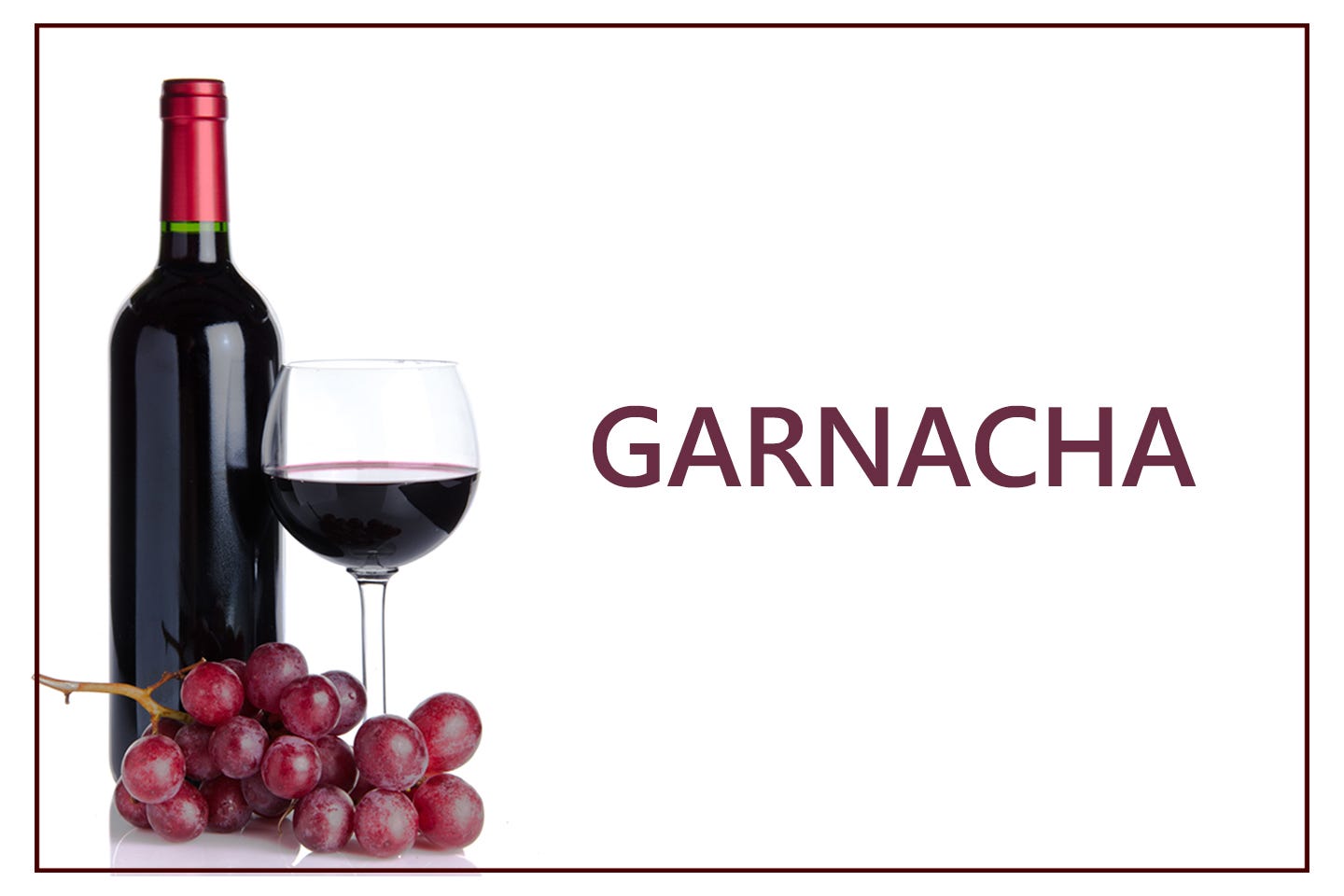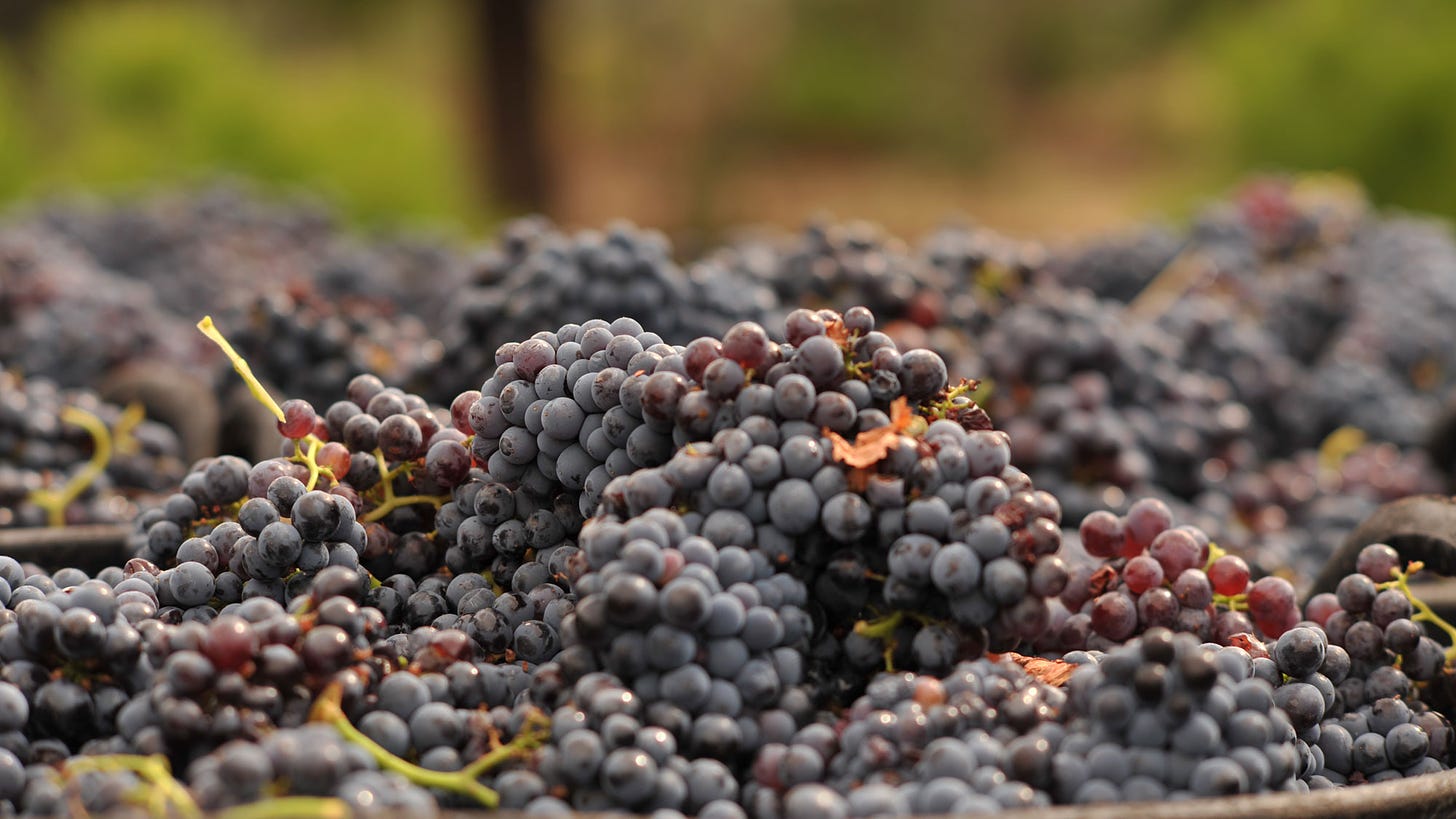Garnacha
This article was first published on our old site, Simply Spanish Wine.
Garnacha is one of the most widely grown wine grapes in the world and in Spain it's about the third most grown red grape behind Tempranillo and Bobal.
It's a late-ripening grape and it really likes hot dry conditions - it's not a big fan of the rain at all. And it's fairly wind and drought resistant. It's got a good set of roots that can dig down and find the water in quite dry, stony grounds. So out in the vineyard, it's quite a robust vine for winemakers.
But it's a bit tricky to work with. Because it's got such robust vines it means it's quite difficult to harvest mechanically. So, winemakers often have to manually harvest. It also tends to oxidize if you don't treat it well. So, you need to know what you're doing with a Garnacha wine.
Where and how Garnacha is used
Historically Garnacha has been used as a blender to go into other wines. In Rioja, it is often used to give a little bit more body and fruit to the Tempranillo grape. And even in Priorat in southern Catalunya, which is probably one of the most famous Garnacha producing regions, they'll often blend it with Carignan, Merlot, or Cabernet Sauvignon to produce a more rounded red wine.
Garnacha grapes recently harvested
Priorat is where it started to get noticed as a grape because of the great Garnacha-based wines that have been coming out of that region for some time. It was this success that prompted some of Spain’s younger more modern winemakers to see that Garnacha had potential as a single variety wine. So now you're finding winemakers in places like Aragón in the north, and in central Spain around Madrid, who are producing quite a lot of single variety versions of Garnacha.
What do Garnacha wines taste like?
So, what's it like to drink? Well, Garnacha produces soft easy-drinking wines. It's low in tannins, so you don't get that woody, dry flavour in the mouth. But it's quite high in alcohol because it's late ripening. That means the fruit has more time to develop the sugars which then become alcohol in the wine. So, when you're drinking a Garnacha wine you do know you've got a red wine in your mouth.
In terms of the fruit, in the younger wines, you’ll taste a good bit of red fruits like strawberry and raspberry. And in the varieties using older vines that have been left to age for a little bit you start to get sweeter deeper fruit flavours like figs. Occasionally you'll also find a little bit of a white pepper flavour just on top of the wine, which gives it a nice bit of character.







